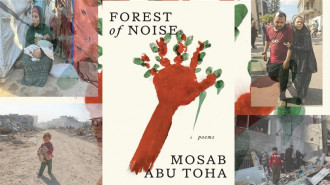Morocco's ancient city of Volubilis rises again
After decades of decay, however, custodians of the now closely guarded ancient city have turned the page and are bringing back the tourists.
The site, nestled among olive groves near the city of Meknes, boasts a new museum and visitor centre and has been attracting hundreds of thousands of visitors.
They stroll along the main artery lined with porticoes and the remnants of vast mansions, whose mosaic floors testify to a prosperous past.
A triumphal arch, a classic symbol of Roman architecture, sits at the top of what once was the main compound.
 |
|
|
A tourist walking through the ruins of the ancient Roman site of Volubilis, near the town of Moulay Idriss Zerhounon |
Known in Arabic as "Oualili", the city was named a UNESCO World Heritage site in 1997.
The ancient city has "known several civilisations, from the Mauritanian era to the Romans through the Islamic period", according to Mohamed Alilou, topographer and assistant conservator of the site.
Volubilis was founded in the third century BC by a Moorish community, before being annexed by the Roman Empire in 42 AD.
At its peak, it would have counted up to 15,000 inhabitants.
Threatened by civil wars across the empire, the Romans evacuated the city in 285. It didn't regain its splendour until the arrival of Arab conquerors in the seventh century.
In the eighth century when the Idrisid dynasty erected the city of Fez as its new capital, Volubilis fell once more into disuse.





 Follow the Middle East's top stories in English at The New Arab on Google News
Follow the Middle East's top stories in English at The New Arab on Google News


